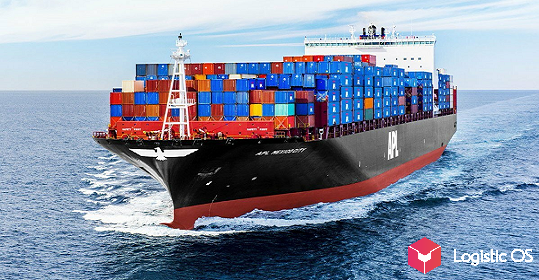Despite the “strategic partnership”, Russian grain is practically not bought in the Celestial Empire, despite the fact that there is an excess of it in the Russian Federation.
China is the largest consumer and importer of food in the world, which is not surprising given its gigantic population.
He actively develops his agriculture. For example, in the 1990s it produced 110 million tons of wheat per year, now it is about 137 million, but still this is clearly not enough for such a country.
At the same time, Russia is the world’s largest exporter of wheat, which was greatly facilitated by record harvests in 2022.
However, Russian wheat is practically not exported to China.
China imported 12 million tons of wheat in 2022. This is more than Turkey and the EU (10.5 million) and Indonesia (10 million).
In 2022, the total trade turnover between China and Russia increased by 29%, reaching $ 190 billion, exports from Russia to the Celestial Empire — by 47%.
However, the lion’s share in the structure of this export is occupied by energy carriers (oil, gas) and metals (aluminum).
As for agricultural exports from the Russian Federation, last year it increased it by a total of 15%.
But only 30 thousand tons of wheat were delivered to China: a drop in the ocean, given the huge Russian wheat harvest of 104 million tons.
If we talk about Chinese agricultural imports from Russia, then they are mainly seafood.
The main suppliers of wheat to China are Australia (60%), Canada (185) and the USA (8%).
Why doesn’t China buy wheat from Russia?
Since 1976, there was a direct ban on this, since a dangerous fungus (dwarf smut) was found in Russian wheat. Gradually the ban was lifted.
In 2015, China allowed the purchase of wheat in the Novosibirsk, Omsk, Krasnoyarsk and Altai regions of the Russian Federation. Since 2018, Chelyabinsk, Amur and Kurgan have been added, and since 2022 — all the rest.
It would seem that there are no more formal restrictions, but there is a question of competitiveness.
China buys only spring wheat, while in Russia it is grown mainly in the East.
Logistics is a big problem: if you transport wheat by sea, then Russia will not have advantages over Canada and Australia, which have shorter routes.
The issue could be partially resolved by rail transportation, and it is hoped that the opening of a new grain terminal will improve the situation.
In addition, experts note that permission to export wheat to China was given only last year, so it is too early to talk about the results, we need to see what happens in a few years.

